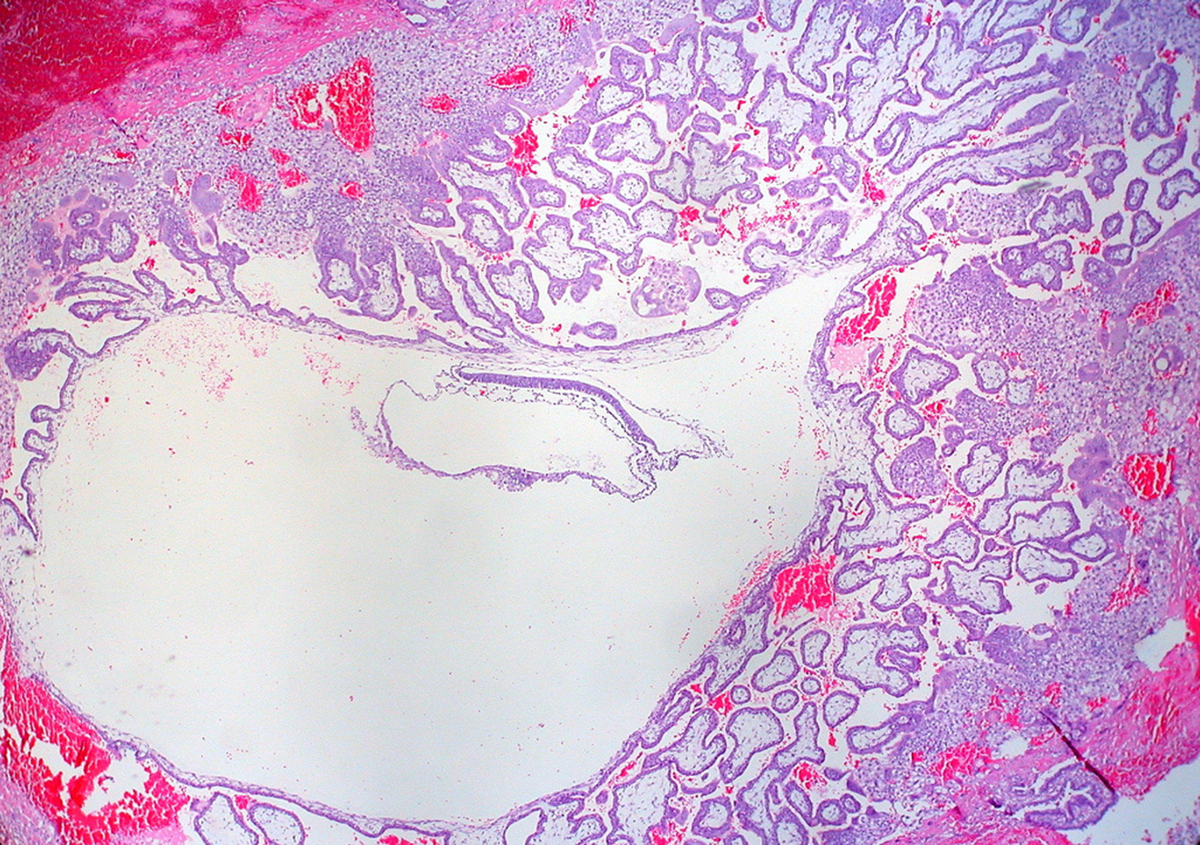Table of Contents
An ectopic pregnancy is a pregnancy that develops outside of the uterus, most commonly in one of the fallopian tubes, but also sometimes in an ovary or in the abdominal cavity.
An Overview Of Tubal Pregnancy

- Pelvic Inflammatory Disease (PID), which is a bacterial infection of the reproductive system, most commonly chlamydia.
- Women with a previous history of ectopic pregnancy are more likely to have an ectopic pregnancy again.
- Any surgery that involves the fallopian tubes leads to a higher risk of tubal pregnancy.
- Intrauterine devices represent a very effective form of birth control, but if it fails the pregnancy is more likely to be ectopic.
- Rarely ectopic pregnancy can result as one of the side effects of tubal ligation.
Other risk factors include smoking and being over 35.
Tubal Pregnancy Treatment
Treatment depends on the size of the fetal and placental tissue. In the early stages of pregnancy, methotrexate can be offered to reduce the size of the tissue and ultimately to make it disappear. Surgery is required to remove the ectopic tissue after making a hole in the tube (Salpingostomy) in more advanced pregnancies. If the tissue is very large and extensively attached to the fallopian tube, a part of the tube is removed surgically along with the ectopic tissue (Salpingectomy)
Two fears are common among patients: the chance of experiencing another ectopic pregnancy, and infertility. There is a good chance of having another ectopic pregnancy because the reason which caused the first ectopic pregnancy is usually still present. The damage to fallopian tubes is further increased after ectopic pregnancy.
Infertility is also a fear but the chances depend on the condition of the fallopian tubes and therefore it varies in different patients. In general, most patients do get pregnant after some time. If the patient gets pregnant again, careful monitoring is necessary to rule out another ectopic pregnancy


Your thoughts on this